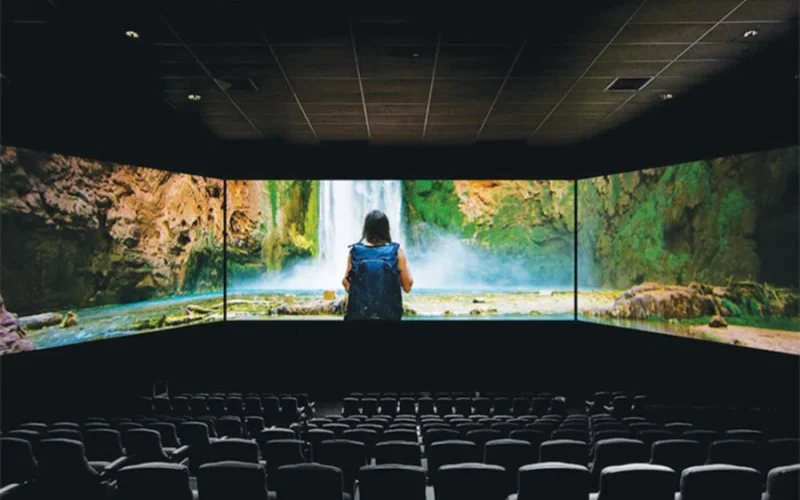Movie theaters have long been a cornerstone of entertainment, bringing people together to experience films on the big screen. Since the first public screenings in the late 19th century, cinemas have evolved dramatically, from simple projection halls to grand multiplexes with cutting-edge technology. The cinematic experience has continually adapted to audience demands, offering everything from luxury seating to immersive sound
The golden age of cinema in the early to mid-20th century saw theaters become cultural landmarks. With the rise of Hollywood and major film studios, movie theaters flourished, attracting massive audiences. People would dress up for film screenings, making it a significant social event. The introduction of color films and widescreen formats further enhanced the experience, solidifyin
The late 20th century brought major shifts with the advent of home entertainment. VHS, DVDs, and eventually streaming services challenged the dominance of movie theaters. To compete, cinemas introduced innovations such as 3D films, IMAX screens, and premium seating. Multiplexes also emerged, offering a variety of films under one roof, catering to diverse audiences.

In recent years, the industry has faced new challenges, particularly due to the COVID-19 pandemic. Lockdowns and restrictions led to a surge in streaming popularity, forcing theaters to rethink their business models. Many cinemas adopted hybrid releases, where films premiered both in theaters and online. Despite these obstacles, movie theaters remain a vital part of film culture, providing an unmatched communal viewing experience.
Looking ahead, the future of movie theaters will likely focus on exclusivity and innovation. Advancements in virtual reality, interactive screenings, and enhanced comfort may attract audiences seeking unique experiences. While streaming continues to grow, the magic of watching a film on the big screen with an audience ensures that cinemas will remain relevant for years to come.

